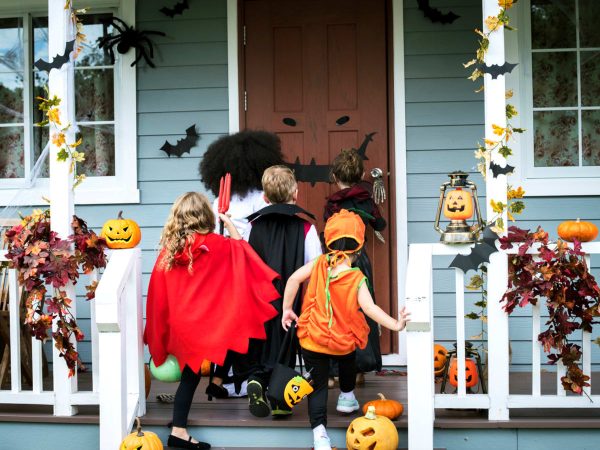All About PTSD

October 4, 2019
Post-traumatic stress disorder (PTSD) is a lasting condition that is developed after experiencing or witnessing a traumatic event occurred, either physical was present or it was threatened. The history of PTSD started out as many different names, for example, a soldier’s heart. the disorder was removed from the category of anxiety disorders and placed in a category called, “Trauma and Stressor-related Disorders”.
The different symptoms occur about 3 months after, and some don’t occur until almost a year after the event. There are four main categories of symptoms, Reliving, Avoiding, Increases Arousal and Negative Cognitions and Mood. The Reliving symptoms include hallucinations, and nightmares, certain reminders of the event like the date, flashbacks and repeatedly replaying the event in their head. Avoiding symptoms include avoiding thoughts, people, and place that remind them of the event, they would them feel isolated and detachment from family and friends, loss in interest of old activities. Increased Arousal includes increases blood pressure, higher heart rate, fast breathing, nausea, and diarrhea. They will also be easily scared and have excessive emotions and trouble sleeping. Negative cognitions and Mood relate to the thoughts and feelings of the event.
The different treatments include therapy which improves symptoms and teaches you how to deal with it and restore your self-esteem. Medications are determined by any troubles in your life and what kinds and how severe your symptoms are. The Cognitive Processing Theory would consist of 60-90 minute sessions for 12 weeks with the goal of making you understand that the event was not your fault. Another treatment is Prolonged Exposure Therapy, 8-15 sessions, learning breathing techniques to help anxiety and then learn how to face the thing you have been avoiding.
An example of a case of someone with PTSD was about a soldier named Mick who was always seeing gory things. He went through a time in War where it was bloody and horrible, with so much destruction. Homes burnt down, people screaming, many of them with terrible injuries and or crying over the body of a dead loved one. After going home the pictures were still replaying in his mind and he had trouble sleeping. Along with nightmares and a short temper. His wife then recommended him to go to a therapist and he was diagnosed with PTSD. After talking with his therapist he was out on tablets.
With knowing this information you should be cautious around people with the disorder and try not to trigger one of their symptoms and if the symptoms are triggered you should try to help them or if you do not know what to do you should find help.









